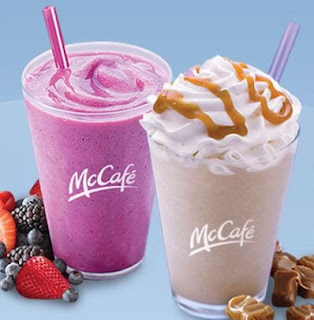Week 14: Micro-marketing and Macro-marketing
Determining how effective a marketing for an individual firm can be difficult. Companies may not have access to analytics and statistical feedback on marketing campaigns. So marketing campaigns are sometimes viewed as a micro-marketing or a macro-marketing. Micro-marketing are advertising efforts that are focused to a small group of consumers. This strategy has some drawbacks. Sometimes a lack of interest or understanding of the customer occurs. An improper blending of the four ps of marketing sometimes occur here. For example, the overhead cost to create a new product can be passed on to the consumer in a result of higher prices. The failure rate for these products are pretty high. Coca-cola attempted fuse soda and coffee together and it did not go well. Macro-marketing can be more effective. It can save in cost and be more efficient. If your product appeals to large groups of consumers, using strategies that large groups of consumers can relate to. For example, the cost to cr...
